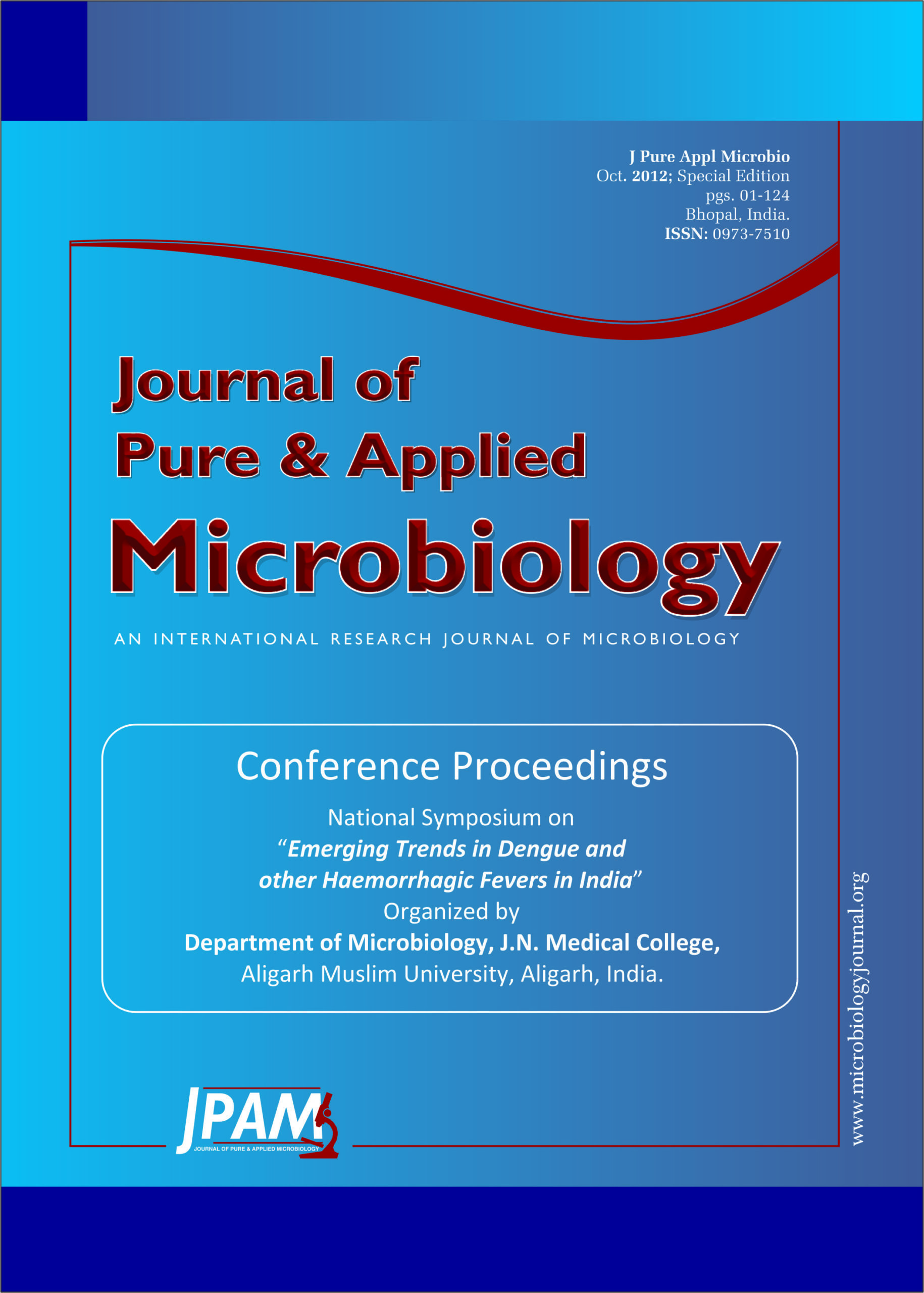To investigate the prevalence of Torque Teno virus (TTV) in patients with acute and chronic liver disease, present at a tertiary care hospital in north India. The present study was conducted on 135 patients over a period of one and half year. Detailed clinical history was elicited such as fever, anorexia, nausea, vomiting, abdominal discomfort, high coloured urine, weight loss, any past H/O jaundice, alcohol intake , blood transfusion and H/O pregnancy. MELD (Model for End Stage Liver Disease) scoring was done to evaluate the extent of liver damage.DNA extraction was done from patient’s sera by chloroform-ethanol technique. Nested PCR was performed using predesigned primers (by fermentas) . TTV DNA bands were seen on agarose gel electrophoresis. 20 cases (15%) were positive for the TTV DNA. Of which 12 had acute viral hepatitis(AVH),while 6 had chronic viral hepatitis (CVH) and 2 of them had Cirrhosis. Mean levels were AST 49.5 IU/L, ALT 65.75 IU/L , ALP 40.38 KAU, Total Bilirubin 6.95 mg%, and INR 2.32 respectively. The mean of MELD Score was 18.30 ranging from 9 to 36. MELD Score above 20 were found in 6 patients of acute liver disease, and 2 patients of chronic liver disease. TTV prevalence in liver disease is significant though the real clinical impact is still unclear.
TTV Virus, Liver disease, Prevalence, Clinical
© The Author(s) 2012. Open Access. This article is distributed under the terms of the Creative Commons Attribution 4.0 International License which permits unrestricted use, sharing, distribution, and reproduction in any medium, provided you give appropriate credit to the original author(s) and the source, provide a link to the Creative Commons license, and indicate if changes were made.


